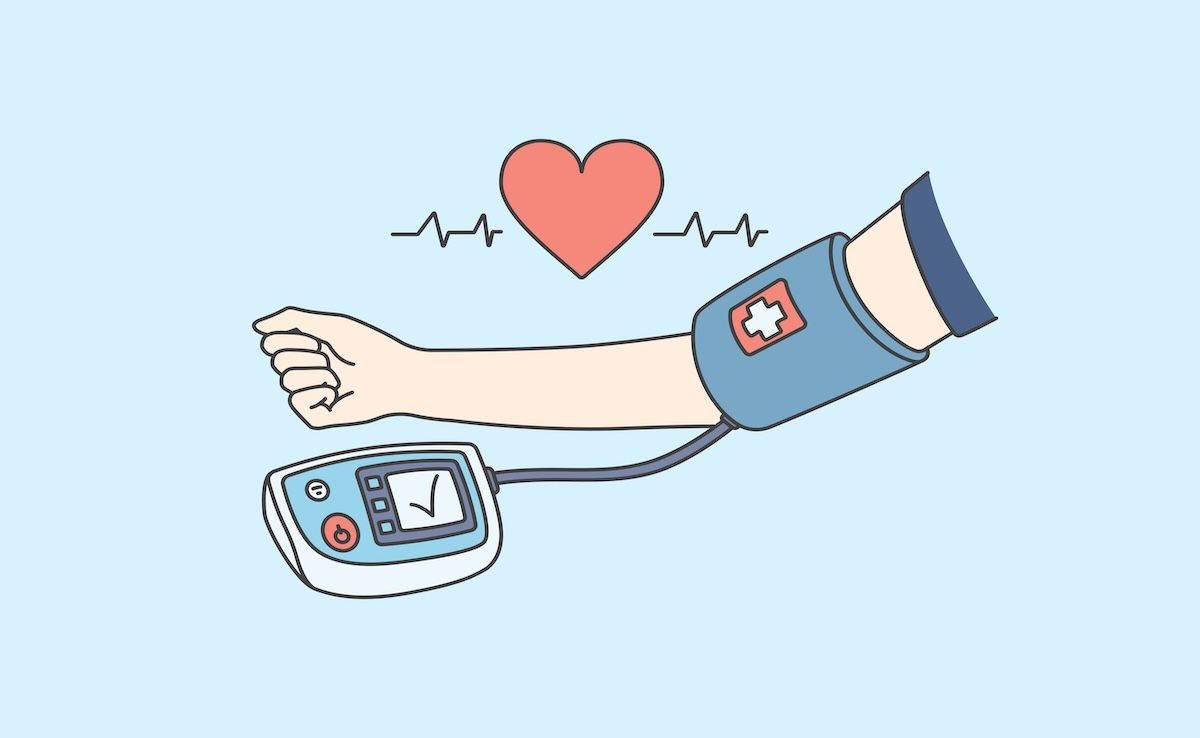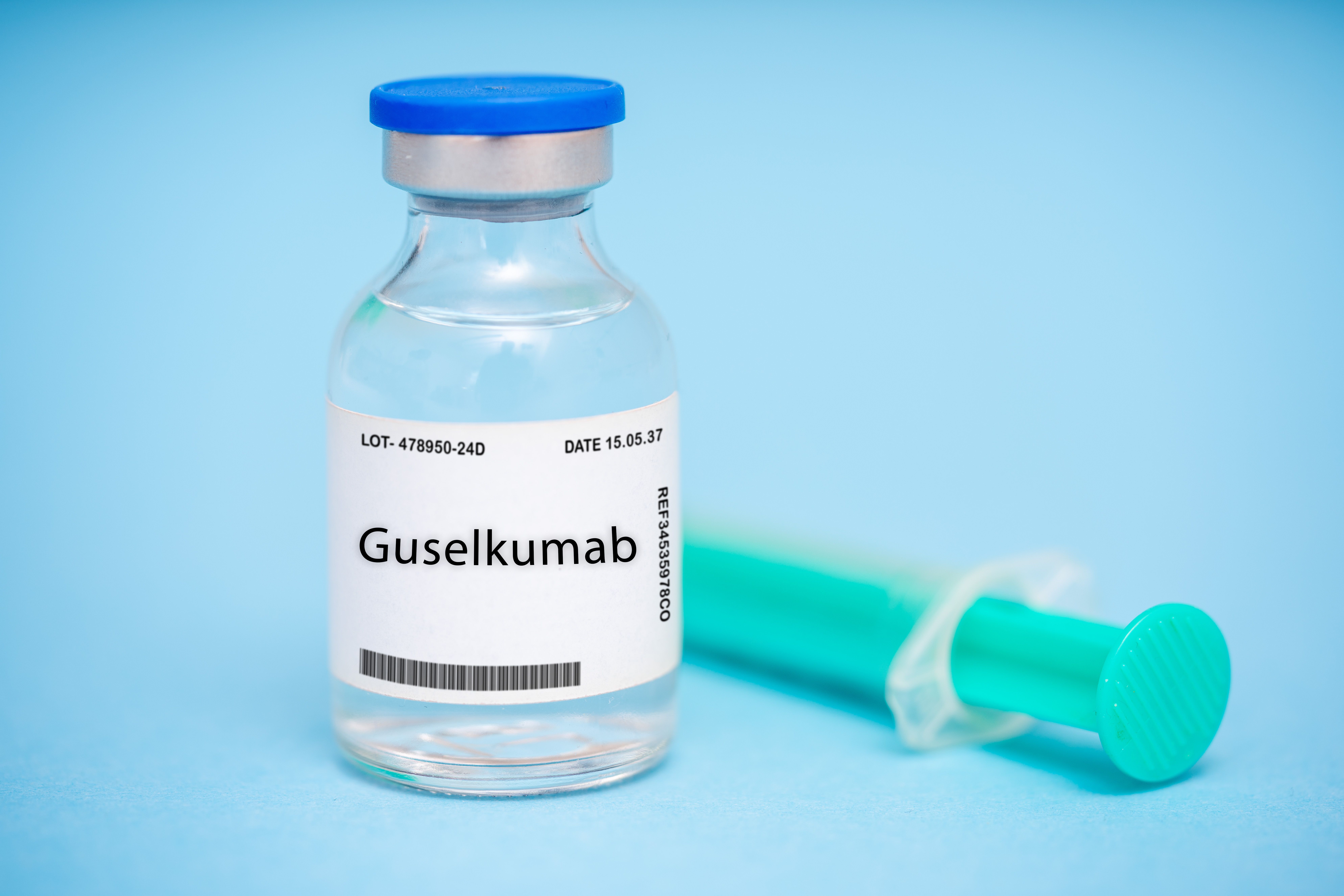Video
Backbone Therapy in Newly Diagnosed Multiple Myeloma
Ola Landgren, MD, PhD: There is a national conversation regarding the price and affordability of drugs. Concerns for the value and benefits of medications are challenged by increasing prices, including the cost of care of myeloma. With the availability of new drugs, there is an unprecedented improvement in the overall survival and progression-free survival of patients with myeloma. Quality of life is also improving.
With our panel of experts, we will discuss direct benefits to patients and society and the expenses associated with new treatments.
I am Dr. Ola Landgren. I’m a professor of medicine and the chief of myeloma service at Memorial Sloan Kettering Cancer Center in New York, New York.
Joining me today on this distinguished panel are:
Dr. John Fox, a former associate chief medical officer at Priority Health, the current vice president of clinical transformation and value at Spectrum Health, and an associate professor of medicine at Michigan State University College of Human Medicine in Grand Rapids, Michigan.
And Dr. Sundar Jagannath, a professor of medicine and the chief of the myeloma program at Tisch Cancer Institute at the Icahn School of Medicine at Mount Sinai Hospital in New York, New York.
Thank you for joining us. Let’s begin. To begin, we’re going to talk about newly diagnosed patients with multiple myeloma. We know there are a lot of options for treating patients. I want to start by asking you, Sundar, what’s your personal preference when it comes to backbone? Are you using immunomodulatory drugs [IMiDs]? Are you using proteasome inhibitors? Are you using monoclonal antibodies, or do you have anything else you use as your backbone?
Sundar Jagannath, MD: Let’s differentiate what a backbone is. You are starting out with the drugs that can be continued on, and you can build on with the other drugs in combination. There are 3 classes of drugs that can be made into a backbone. One is the immunomodulatory molecule, and you have the proteasome inhibitor. The glucocorticoids have always been 1 of the workhorses for the treatment of myeloma, so that can be 1 of the other backbones. When you say a backbone, that drug should be important for the management of the disease, in terms of a response, and it should also be able to be combined without loss of efficacy and additional toxicity.
In this regard, we have several drugs in myeloma, which can be combined effectively as a backbone. The proteasome inhibitor, immunomodulatory molecule, and glucocorticoids have been the workhorse, and then alkylating agents have come and can substitute for lenalidomide or an immunomodulatory molecule. Now you have a new class of drug coming in, which is the monoclonal antibody, such as the anti-CD38 monoclonal antibody daratumumab. All these drugs can be combined effectively at the full dose to provide full efficacy without adding toxicity. This is what is on the playing field now.
Ola Landgren, MD, PhD: John, from a payer perspective, what’s your perspective on this?
John Fox, MD, MHA: You know, because you treat patients, that this field is exploding, not only with a number of agents but also with the combinations of agents that exist. Our ability as payers to keep up with that is very limited. There are very few oncologists employed at health plans today, so what we and most other health plans follow are the NCCN [National Comprehensive Cancer Network] Guidelines. Those are rapidly changing, too, as we get new drugs and new combinations. Fundamentally, if the NCCN lists a therapy as a category 1 or category 2a, it’s generally going to be covered.
Ola Landgren, MD, PhD: In my practice, I also see a lot of patients I treat every week. I would use the proteasome inhibitors, immunomodulatory drugs, and steroids as my primary backbone. I look backward, and I look where I am right now. I also agree with what you said, Sundar, that adding the antibodies going forward is probably going to be part of the backbone. Of course, there are patients who cannot tolerate all these drugs, so then we’re considering taking some of the drugs out. There are also instances where using alkylators over IMiDs may be appropriate—for example, with kidney failure or things like that. I think we have a very similar perspective. To put it in context, some years back, there were some groups here in the United States who argued that you could use only 2 drugs as the backbone for what was referred to as standard-risk patients. That seems to have changed. Most groups are now arguing for multiple drugs as the backbone. Do you share that perspective?
Sundar Jagannath, MD: I think it’s a good segue into the way I look at multiple myeloma as a disease. The good news is that the depth of understanding of the disease is improved with whole genome sequencing, exome sequencing, RNA sequencing, CyTOF [time-of-flight mass cytometry], and so many things out there. Not only are we learning more about the tumor cells, but we are also learning about the microenvironment. All that has shown that by the time the disease develops from MGUS [monoclonal gammopathy of undetermined significance] to smoldering to multiple myeloma, a lot of subclones have developed in the patient’s body. There could be some genetic mutation in 1 subclone that is not present in the other.
In that scenario, we also know that every time a new drug has been introduced—this is well-documented, especially in Europe, via population statistics, as well as in the SEER [Surveillance, Epidemiology, and End Results Program]—the life expectancy of myeloma patients has improved. I would dare say that some patients are being cured with these number of new drugs that have been available—not everybody, but a small proportion. However, this proportion will continue to improve.
If you use that as the backdrop that in biology, multiple myeloma has multiple clones in the patient. There is a difference between 1 patient and another that we’ll call heterogeneity, but there is also intra-patient tumoral heterogeneity. When we do PET-CT [positron emission tomography—computed tomography], the lesion in the rib is slightly different from a lesion in the hip. All that would say that as you add more drugs in combination, you are able to address different segments or clones of the myeloma, and you are able to get deeper remission. Just as our understanding of the biology is improving, our ability to understand the depth of response has also improved. We have minimal residual disease detection able to detect 1 in 100,000 cells consistently by flow cytometry, or sometimes even 1 in 1,000,000 tumor cells residing in the patient’s body. That is also helping us understand whether we have done a good job and whether we got rid of the cancer. Do we expect this patient to do well for a longer period of time? All of this is also coming.
Right now, we are at a crossroads. For people on the outside looking into the field of myeloma, they may say, “Oh my God, there are new drugs and so many combinations. Where it is leading to?” My perspective is that it is leaning overall in a good direction toward finding a cure for myeloma. It is a rewarding time as a physician, for me, and it is good news for patients who are being diagnosed with myeloma at this time. With that as a backdrop, I think I’m here to talk to you about all the other day-to-day aspects of how to treat patients.




